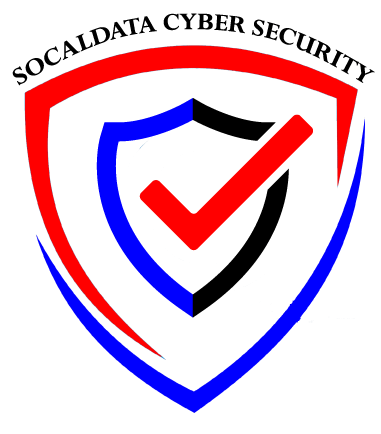In the increasingly complex world of business, Governance, Risk, and Compliance (GRC) has emerged as a crucial framework that helps organizations maintain their integrity, manage risks, and adhere to regulatory requirements. Understanding GRC and the associated issues is essential for any organization aiming to achieve long-term success and sustainability.
What is Governance, Risk, and Compliance (GRC)?
Governance: Governance refers to the set of rules, practices, and processes by which an organization is directed and controlled. It involves the distribution of rights and responsibilities among different participants in the organization, such as the board of directors, managers, shareholders, and other stakeholders. Good governance ensures that the organization’s strategic direction aligns with its goals and objectives while maintaining accountability and transparency.
Risk: Risk management involves identifying, assessing, and prioritizing risks followed by coordinated efforts to minimize, monitor, and control the probability or impact of unfortunate events. Effective risk management ensures that an organization can anticipate potential challenges and mitigate them before they become significant issues.
Compliance: Compliance refers to the process by which an organization ensures that it adheres to relevant laws, regulations, standards, and ethical practices. It involves creating and implementing policies and procedures to prevent and detect violations of laws, regulations, and internal standards.
Associated Issues to Be Aware Of
- Regulatory Changes: One of the biggest challenges in GRC is keeping up with the ever-changing regulatory landscape. Organizations must constantly monitor and adapt to new laws and regulations to ensure compliance. Failure to do so can result in legal penalties, financial losses, and reputational damage.
- Cybersecurity Threats: As organizations become more reliant on technology, the risk of cyber threats increases. Effective GRC frameworks must include robust cybersecurity measures to protect sensitive data and maintain the integrity of information systems.
- Internal Fraud and Corruption: Internal threats such as fraud and corruption can severely damage an organization. Implementing strong governance practices and internal controls can help prevent and detect unethical behavior within the organization.
- Third-Party Risks: Organizations often rely on third-party vendors and partners, which can introduce additional risks. It is essential to conduct thorough due diligence and continuously monitor third-party relationships to mitigate these risks.
- Operational Risks: Operational risks arise from internal processes, systems, and human factors. These can include anything from system failures to human errors. Effective risk management involves identifying potential operational risks and implementing measures to minimize their impact.
- Reputation Management: An organization’s reputation is one of its most valuable assets. Poor governance, risk, and compliance practices can lead to scandals and negative publicity, which can have long-lasting effects on the organization’s reputation.
Conclusion
Governance, Risk, and Compliance are integral components of any successful organization. By understanding and implementing effective GRC practices, organizations can protect themselves from various risks, ensure compliance with laws and regulations, and maintain their integrity. As the business environment continues to evolve, staying vigilant and proactive in GRC will be crucial for achieving long-term success and sustainability.

